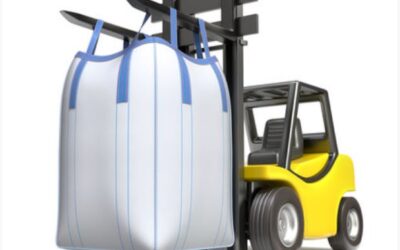Here’s I have a detailed summary of the FIBC Handling Guidelines provided by the Flexible Intermediate Bulk Container Association (FIBCA):
- The FIBC Handling Guidelines provide important information on the safe handling and use of Flexible Intermediate Bulk Containers (FIBC). The guidelines aim to prevent accidents, injuries, and damage to goods during transport and storage.
- Design and Construction: FIBC are designed and constructed to meet specific requirements, such as carrying capacity, safety factor, and resistance to damage. The guidelines specify the design and construction requirements that FIBCs should meet, including those related to materials, stitching, and labelling.
- Storage: FIBC should be stored in a dry, clean, and well-ventilated area, away from direct sunlight, heat, and moisture. The guidelines provide recommendations for stacking and storing FIBC to prevent damage and accidents.
- Filling: FIBC should be filled in a manner that ensures the safety of the operator and the integrity of the container. The guidelines provide recommendations for filling FIBC, including those related to the use of filling spouts, filling chutes, and weigh hoppers.
- Transport: FIBC should be transported in a safe and secure manner to prevent damage and accidents. The guidelines provide recommendations for transporting FIBCs, including those related to loading, securing, and unloading the containers.
- Discharge: FIBC should be discharged in a manner that ensures the safety of the operator and the integrity of the container. The guidelines provide recommendations for discharging FIBC, including those related to the use of discharge spouts, discharge chutes, and weigh hoppers.
- Safety: The guidelines emphasize the importance of safety in the handling of FIBC. They provide recommendations for personal protective equipment, training, and emergency procedures.
- EU Standards: The guidelines reference the European Standard EN ISO 21898:2014, which specifies the safety requirements for FIBC. The guidelines also reference the European ATEX Directive, which sets out safety requirements for equipment used in potentially explosive atmospheres.
In summary, the FIBC Handling Guidelines provide a comprehensive set of recommendations for the safe handling and use of FIBC. They cover various aspects of FIBC handling, including design and construction, storage, filling, transport, discharge, and safety. The guidelines reference the European Standard EN ISO 21898:2014 and the European ATEX Directive, highlighting the importance of adhering to EU standards for FIBC safety.






0 Comments